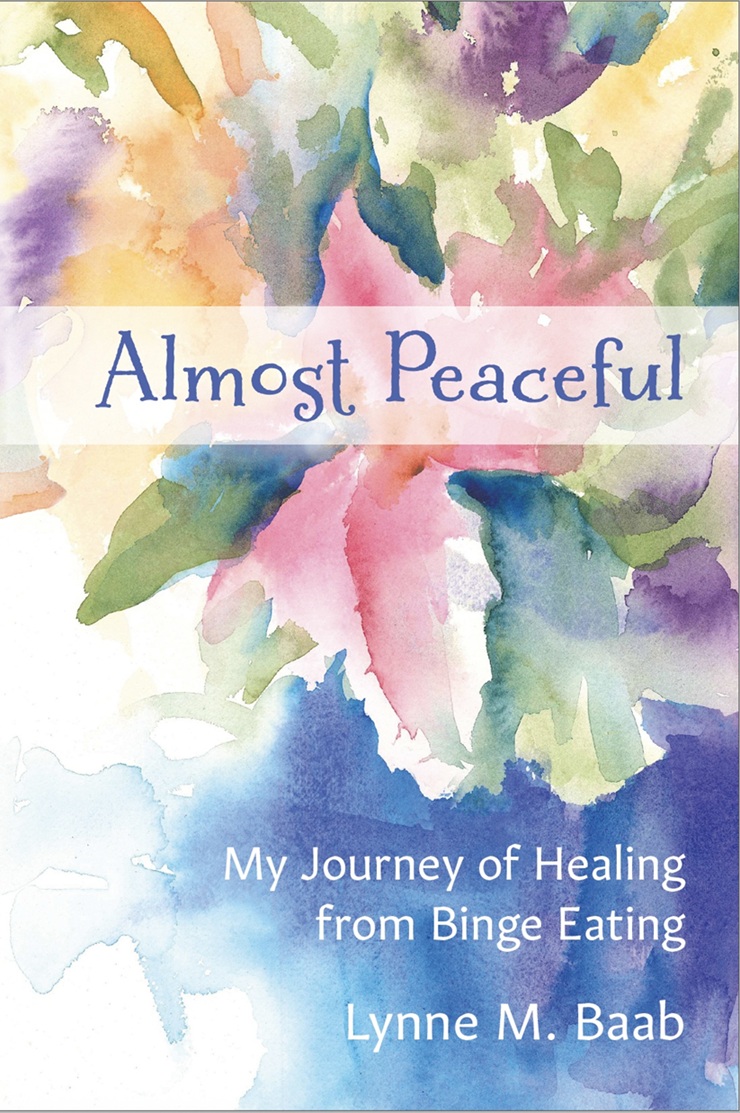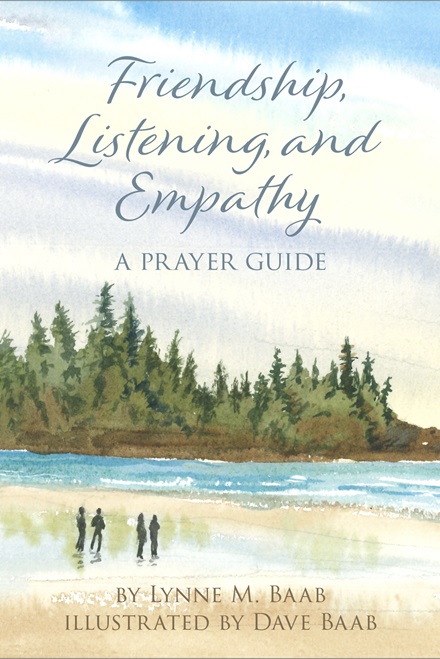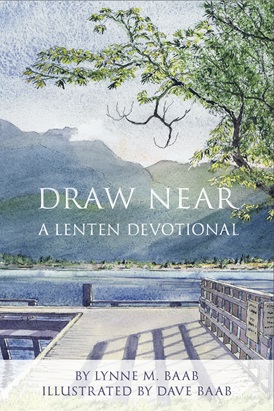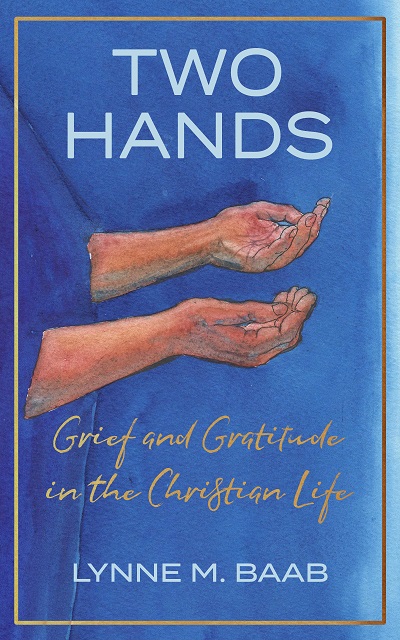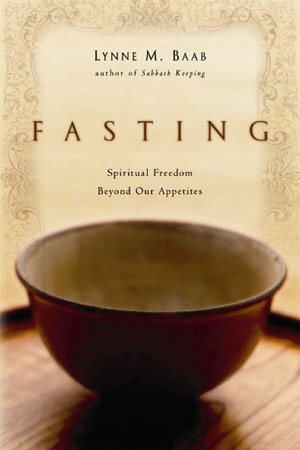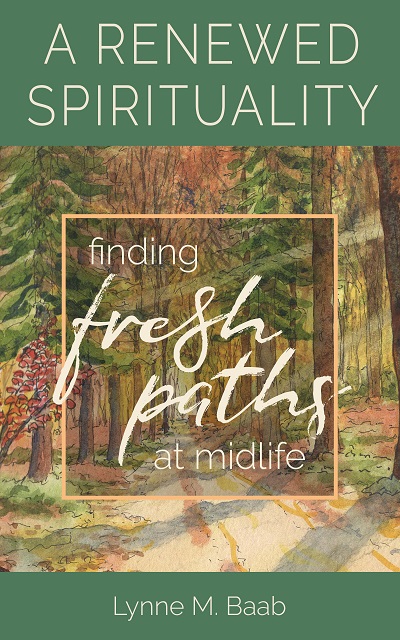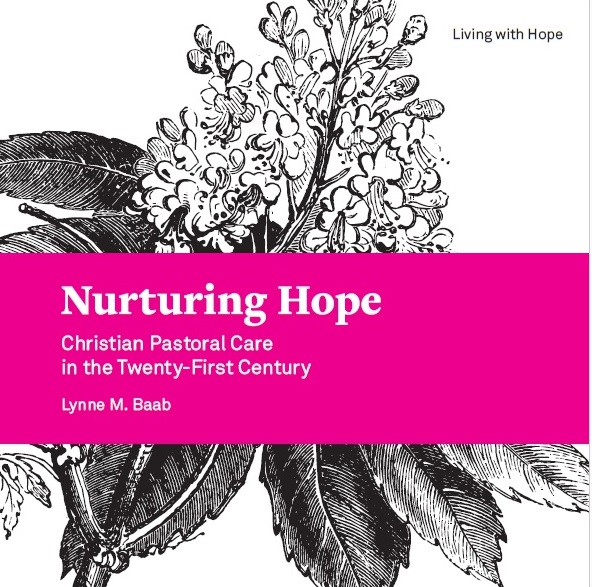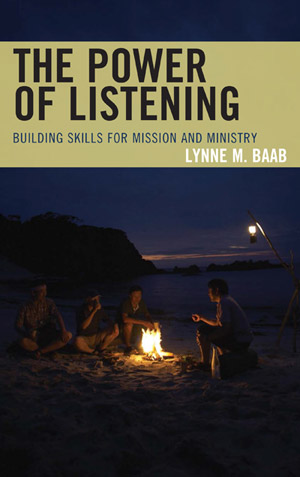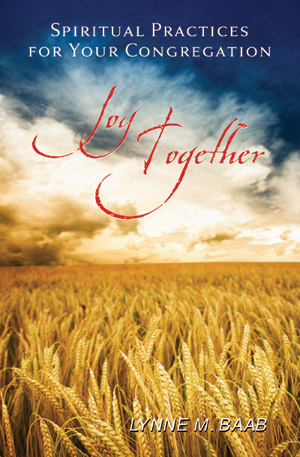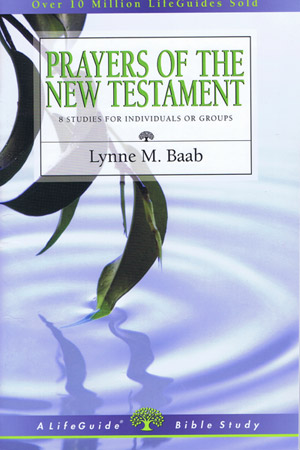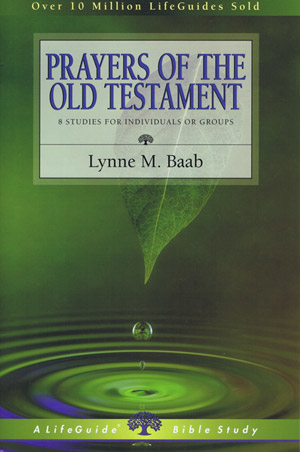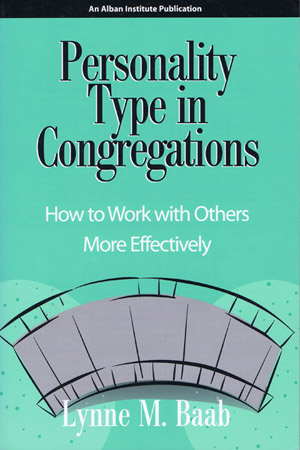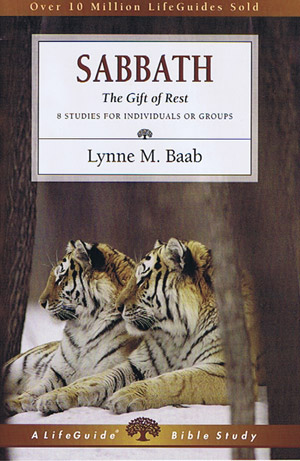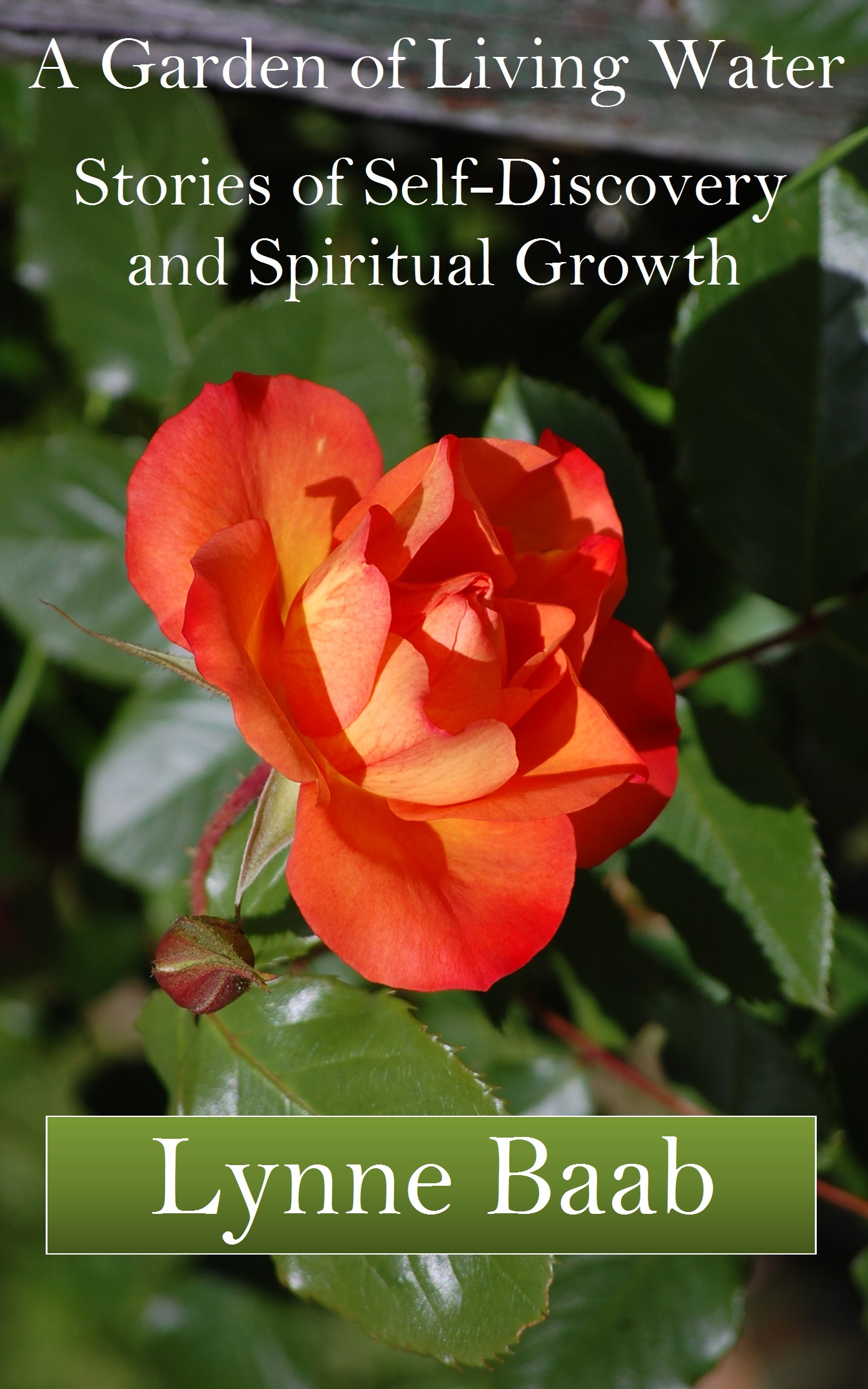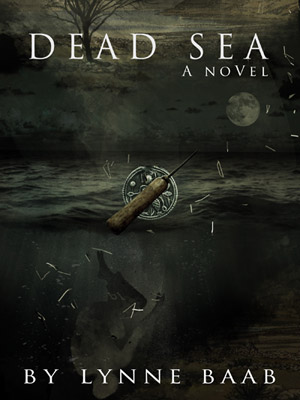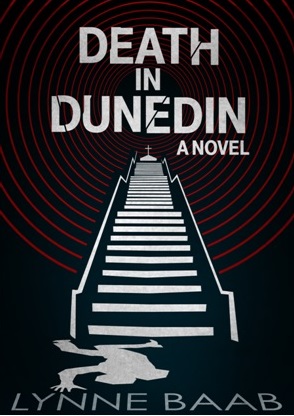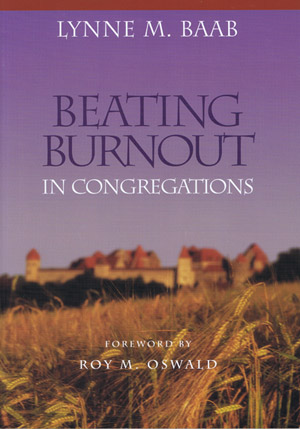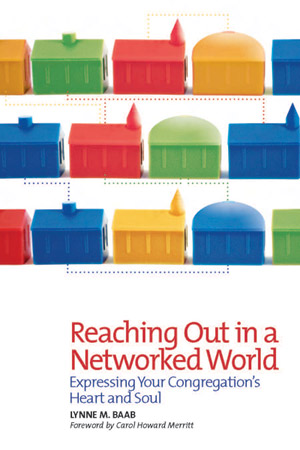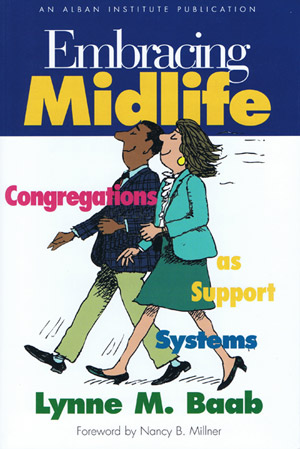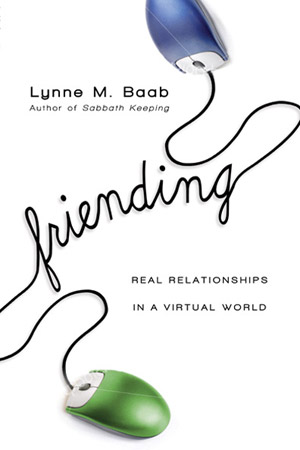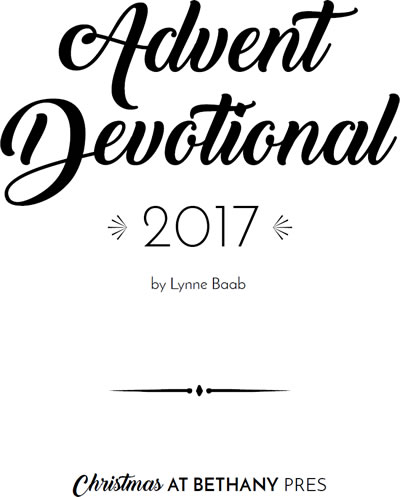Praying about the flow of time: Wind and water
Lynne Baab • Thursday July 10 2025

The summer I turned 13, my brother, Mark, and I took sailing lessons. We had just moved onto Langley Air Force Base in Virginia, located on a small arm of Chesapeake Bay. First, they introduced us to a lovely sailboat with two sails and a spinnaker, similar the ones in the illustration for this post. Then they put us on a Sailfish, which is basically a surfboard with a sail. As we learned to sail, we capsized a lot. That arm of Chesapeake Bay had lots of jellyfish. Ouch!
The summer I turned 17, friends of my parents asked Mark and me to substitute for them in their sailing club while they spent the summer traveling. Their sailboat was a Sunfish, longer and thicker than a Sailfish, with an indentation in the middle where we could put our feet. On Saturdays that summer, Mark and I travelled all over the Puget Sound area to race with about ten other Sunfish. Puget Sound is COLD. We made sure we didn’t capsize if at all possible. At the end of the summer, one of the members of the club sold us their Sunfish, and Mark and I kept sailing on the lake near our house in Tacoma.
Those summers when I was 13 and 17, and the sailing I did afterward, taught me to watch the patterns of the wind on the water and the flow of the tide and current. I learned to feel the direction of the wind on my face, gauge the best angle of the sail, and trust that the sailboat and the wind would do their work.
When one of my favorite magazines, the Plough Quarterly, arrived a few months ago, I immediately dived into an article about sailing in Scotland. The author, British writer Adam Nicholson, reflects on the risks of sailing, yet the freedom to respond to the wind. One section of the article jumped out to me:
“Most Western philosophy has turned to the solidity of the earth as a place in which to understand and feel good about life. . . . Western thought has been on a long campaign to establish ‘foundations’ for what it does. No thought can be valid without some meaty ‘groundwork’ having been laid. ‘Grounds’ are where truth is thought to begin.” [1]
He goes on to ask, what if we focused on sea and wind as metaphors for life, rather than the solidity of earth? Isn’t our life more like a journey or voyage than a solid, stable place? Nicholson reflects, “The search for ‘bedrock concepts’ would be over. No one would be interested in ultimate destinies. Movement and the voyage would become the thing. To leave would be as good as to arrive. We would stay mobile.” [2]
The Bible uses the metaphor of a foundation. Peter’s first letter says,
“As you come to him, the living Stone — rejected by humans but chosen by God and precious to him — you also, like living stones, are being built into a spiritual house to be a holy priesthood, offering spiritual sacrifices acceptable to God through Jesus Christ. For in Scripture it says: ‘See, I lay a stone in Zion, a chosen and precious cornerstone’” (1 Peter 2:4-6).
We long to know there is something solid when times seem to be constantly in flux. In Jesus’s love, we have that solidity. Jesus is our chosen and precious cornerstone. The Bible also uses metaphors of wind and the movement of water (see John 3:5-8, Acts 2:1-2, Isaiah 41:18, and 43:19, John 7:38). Yes, we can find a foundation in Jesus while also learning to feel the direction of the wind and watch for currents and tides. Nicholson, the British writer and sailor, writes,
“It is a question of trust, knowing that the boat’s hull and spars are good while knowing not to overload them in a wind. Knowing not to overreach but to treat the boat kindly and look for safety in the hope that the boat will treat you kindly in return. Being attentive to sea and wind, looking to be slow and careful in every move you make, every trimming of the sails, every tweak on the rudder.” [3]
I have observed that my desire for a solid foundation is often rooted in my desire to not have to trust God or be attentive to God’s guidance each moment. I want things to be solid, firm, and planned. Looking at life through the lens of water, wind, and a sailboat emphasizes that constant trust and attentiveness are required. Each day, each hour, I have to return my focus to my trustworthy companion, Jesus, who is present in the Spirit’s wind and water.
For this church season of Ordinary Time, I encourage you to imagine yourself in the sailboat of life, living ordinary days in response to the wind of God’s Spirit and the freshness of Jesus’ living water. That wind and water require attentiveness and trust. The Holy Spirit in us gives us the power to trust.
֍ ֍ ֍
Quick links:
- my latest book, Almost Peaceful: My Journey of Healing from Binge Eating
- last year's book, Draw Near: A Lenten Devotional, illustrated with Dave Baab’s beautiful watercolors
- my most popular book, Sabbath Keeping: Finding Freedom in the Rhythms of Rest (audiobook, paperback, and Kindle)
- quick overview of all my books
- more than 50 articles I’ve written for magazines on listening, Sabbath, fasting, spiritual growth, resilience for ministry, and congregational communication
֍ ֍ ֍
Two ways to subscribe.
If you’d like to receive an email when I post on this blog, sign up below under “subscribe.” That email and the posts on this blog are free and accessible for all.
If you’d like to help me cover the expenses for this blog and website, plus get a bonus post every month, you can subscribe on Patreon for $3 or $6 per month. My bonus posts focus on one or more of the hundreds of vivid quotations I’ve collected over five decades.
֍ ֍ ֍
Next week: more about Ordinary Time. Illustration by Dave Baab.
Related posts:
- A kite string as a lifeline
- The Feast of Tabernacles calls us to be fluid and flexible
- Spiritual practices that help us journey
[1] and [2] Adam Nicholson, “Sailing with the Greeks,” Plough Quarterly, Spring 2025, 97.
[3] Ibid., 99
Next post »« Previous post
Subscribe to updates
To receive an email alert when a new post is published, simply enter your email address below.
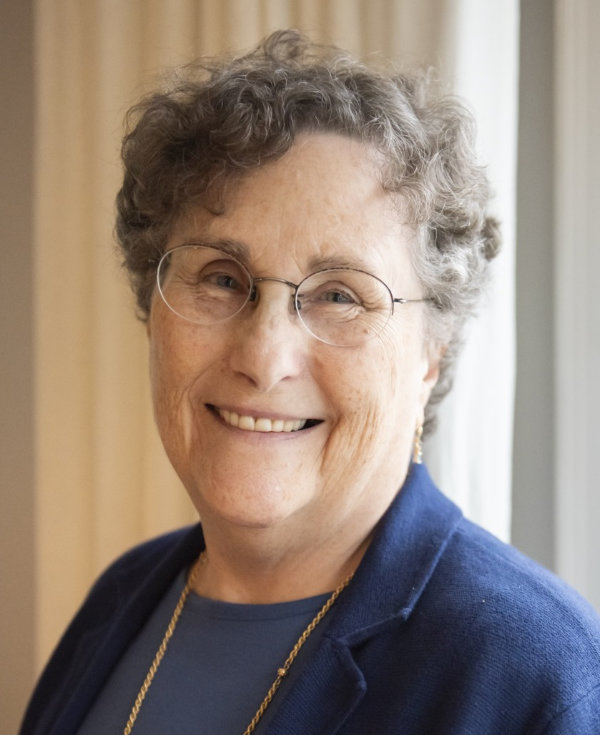
Lynne M. Baab, Ph.D., is an author and adjunct professor. She has written numerous books, Bible study guides, and articles for magazines and journals. Lynne is passionate about prayer and other ways to draw near to God, and her writing conveys encouragement for readers to be their authentic selves before God. She encourages experimentation and lightness in Christian spiritual practices. Read more »
Quick links:
- Two latest books: Draw Near: A Lenten Devotional and Friendship, Listening and Empathy: A Prayer Guide (illustrated with Dave Baab's beautiful watercolors)
- Most popular book, Sabbath Keeping: Finding Freedom in the Rhythms of Rest (audiobook, paperback, and kindle)
- quick overview of all Lynne's books
- more than 50 articles Lynne has written for magazines on listening, Sabbath, fasting, spiritual growth, resilience for ministry, and congregational communication
You can listen to Lynne talk about these topics:
"Lynne's writing is beautiful. Her tone has such a note of hope and excitement about growth. It is gentle and affirming."
— a reader
"Dear Dr. Baab, You changed my life. It is only through God’s gift of the sabbath that I feel in my heart and soul that God loves me apart from anything I do."
— a reader of Sabbath Keeping
Subscribe
To receive an email alert when a new post is published, simply enter your email address below.
Featured posts
- Drawing Near to God with the Heart: first post of a series »
- Quotations I love: Henri Nouwen on being beloved »
- Worshipping God the Creator: the first post of a series »
- Sabbath Keeping a decade later: the first post of a series »
- Benedictine spirituality: the first post of a series »
- Celtic Christianity: the first post of a series »
- Holy Listening »
- A Cat with a Noble Character »
- Welcome to my website »
Tags
Archive
- December 2025 (5)
- November 2025 (4)
- October 2025 (3)
- September 2025 (5)
- August 2025 (4)
-
July 2025 (6)
- Praying about the flow of time: Praying about AND — again
- Praying about the flow of time: Praying for our ordinary lives
- Praying about the flow of time: Wind and water
- Praying about the flow of time: Paying attention to our stories
- What I learned from the past year's blog posts
- First post in a new series: Journey
- June 2025 (4)
- May 2025 (4)
- April 2025 (4)
- March 2025 (5)
- February 2025 (4)
- January 2025 (5)
- December 2024 (3)
-
November 2024 (5)
- Praying about the flow of time: Small actions with big benefits
- Praying about the flow of time: The overlap of the sacred and the ordinary
- Praying about the flow of time: The joy of the kingdom of God
- Praying about the flow of time: Advent can be confusing
- Praying about the flow of time: Why Jesus had to come
-
October 2024 (5)
- Praying about the flow of time: Rosh Hashanah, the Jewish New Year
- Praying about the flow of time: A month of celebrating renewal and moral responsibility
- Praying about the flow of time: The Feast of Tabernacles calls us to stay fluid and flexible
- Praying about the flow of time: Daily rhythms of prayer
- Praying about the flow of time: All Hallows Eve and All Saints Day
- September 2024 (3)
- August 2024 (5)
- July 2024 (3)
- June 2024 (5)
- May 2024 (5)
- April 2024 (4)
-
March 2024 (5)
- Friendship, loneliness, and prayer: Praying about distractions from empathy
- Friendship, loneliness, and prayer: Praying to keep empathy flowing
- Friendship, loneliness, and prayer: Everyday initiative
- Friendship, loneliness, and prayer: Praying for guidance for ending conversations
- Friendship, loneliness, and prayer: Reflecting on the series
- February 2024 (4)
- January 2024 (2)
-
December 2023 (6)
- Friendship, loneliness, and prayer: Initiating
- Friendship, loneliness, and prayer: Praying about listening roadblocks
- Friendship, loneliness, and prayer: Praying to love the poverty in our friends
- Friendship, loneliness, and prayer: Praying for “holy curiosity”
- Friendship, loneliness, and prayer: Praying for “holy listening”
- Friendship, loneliness, and prayer: Praying to give affection extravagantly
- November 2023 (4)
-
October 2023 (5)
- Friendship, loneliness and prayer: A listening skill with two purposes
- Friendship, loneliness, and prayer: Saying “thank you” to friends
- Friendship, loneliness, and prayer: One more way reflecting helps us
- Friendship, loneliness, and prayer: Lessons from two periods of loneliness
- Friendship, loneliness, and prayer: Types of reflecting, a listening skill
- September 2023 (4)
- August 2023 (4)
- July 2023 (5)
- June 2023 (3)
- May 2023 (6)
- April 2023 (4)
- March 2023 (4)
- February 2023 (4)
- January 2023 (4)
- December 2022 (5)
- November 2022 (1)
- October 2022 (5)
- September 2022 (5)
-
August 2022 (6)
- Draw near: Confessing sin without wallowing
- Draw near: A favorite prayer about peace, freedom, and much more
- Drawing near with Desmond Tutu: God’s love is the foundation for prayer
- Draw near: Worshipping God with Desmond Tutu
- Draw near: Yearning, beseeching and beholding with Desmond Tutu
- Draw near: Praising God with Desmond Tutu
- July 2022 (2)
- June 2022 (6)
- May 2022 (5)
- April 2022 (6)
- March 2022 (5)
- February 2022 (4)
- January 2022 (3)
- December 2021 (5)
- November 2021 (4)
- October 2021 (5)
- September 2021 (4)
- August 2021 (4)
- July 2021 (4)
- June 2021 (4)
- May 2021 (4)
- April 2021 (5)
- March 2021 (4)
- February 2021 (4)
- January 2021 (4)
- December 2020 (5)
- November 2020 (3)
- October 2020 (5)
- September 2020 (4)
- August 2020 (4)
- July 2020 (5)
- June 2020 (4)
-
May 2020 (4)
- Spiritual diary of sheltering in place: The lifeline of separating thoughts from feelings
- Spiritual diary of sheltering in place: The lifeline of welcoming prayer
- Spiritual diary of sheltering in place: a kite string as a lifeline
- Spiritual diary of sheltering in place: The lifeline of God’s distant future
-
April 2020 (7)
- Spiritual diary of self-isolation: the lifeline of God’s constancy
- Spiritual diary of sheltering in place: The lifeline of accepting my place as a clay jar
- Spiritual diary of sheltering in place: the lifeline of memories
- Spiritual diary of sheltering in place: the lifeline of “Good” in “Good Friday”
- Spiritual diary of sheltering in place: The lifeline of “easier does not mean easy”
- Spiritual diary of sheltering in place: The lifeline of nature
- Spiritual diary of sheltering in place: the lifeline of God’s voice through the Bible
-
March 2020 (7)
- Important anniversaries in 2020: The first Earth Day in 1970
- Important anniversaries in 2020: Florence Nightingale was born in 1820
- Spiritual diary of self-isolation: Weeks 1 and 2
- Spiritual diary of self-isolation: God's grace as a lifeline
- Spiritual diary of self-isolation: The lifeline of limits on thoughts
- Spiritual diary of self-isolation: Wrestling with God for a blessing
- Spiritual diary of self-isolation: Responding to terror by listening to Jesus voice
- February 2020 (4)
- January 2020 (5)
- December 2019 (4)
- November 2019 (4)
- October 2019 (5)
- September 2019 (4)
- August 2019 (5)
- July 2019 (4)
- June 2019 (4)
- May 2019 (5)
- April 2019 (4)
- March 2019 (4)
- February 2019 (4)
-
January 2019 (5)
- Nurturing friendships in a cellphone world: Jesus as Friend
- Nurturing friendships in a cellphone world: Friendship with Christ and friendship with others
- Nurturing friendships in a cellphone world: Who is my neighbor?
- Nurturing friendships in a cellphone world: Friendship as action
- Nurturing friendships in a cellphone world: Hymns that describe friendship with God
- December 2018 (3)
-
November 2018 (5)
- Connections between the Bible and prayer: Sensory prayer in Revelation
- First post in a new series: Nurturing friendships in a cellphone world
- Nurturing friendships in a cellphone world: Strong opinions and responses
- Nurturing friendships in a cellphone world: My conversation partners about friendship
- Nurturing friendships in a cellphone world: Two views about communication technologies
- October 2018 (4)
- September 2018 (4)
-
August 2018 (5)
- Providing Christian Care in Our Time
- Providing Christian care in our time: Seven trends in pastoral care today
- Providing Christian Care in Our Time: Skills for Pastoral Care
- Providing Christian care: The importance of spiritual practices
- First post in a new series: Connections between the Bible and prayer
- July 2018 (4)
- June 2018 (4)
- May 2018 (5)
- April 2018 (4)
- March 2018 (5)
- February 2018 (4)
- January 2018 (4)
- December 2017 (5)
- November 2017 (4)
- October 2017 (4)
- September 2017 (5)
- August 2017 (4)
- July 2017 (4)
- June 2017 (4)
-
May 2017 (5)
- My new spiritual practice: Separating thoughts from feelings
- My new spiritual practice: Feeling the feelings
- My new spiritual practice: Coping with feelings that want to dominate
- My new spiritual practice: Dealing with “demonic” thoughts
- My new spiritual practice: Is self-compassion really appropriate for Christians?
- April 2017 (4)
- March 2017 (5)
- February 2017 (4)
- January 2017 (4)
- December 2016 (5)
- November 2016 (4)
- October 2016 (4)
- September 2016 (5)
- August 2016 (4)
- July 2016 (4)
- June 2016 (4)
- May 2016 (5)
- April 2016 (4)
- March 2016 (5)
- February 2016 (4)
- January 2016 (4)
- December 2015 (4)
- November 2015 (4)
- October 2015 (5)
- September 2015 (4)
- August 2015 (4)
- July 2015 (4)
- June 2015 (4)
- May 2015 (4)
- April 2015 (6)
- March 2015 (4)
- February 2015 (4)
- January 2015 (4)
- December 2014 (5)
- November 2014 (4)
- October 2014 (4)
- September 2014 (4)
- August 2014 (5)
- July 2014 (4)
- June 2014 (7)

